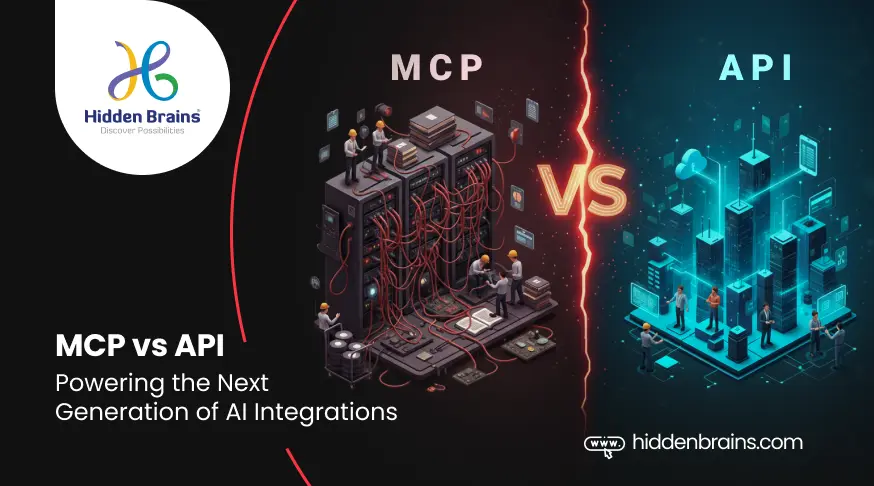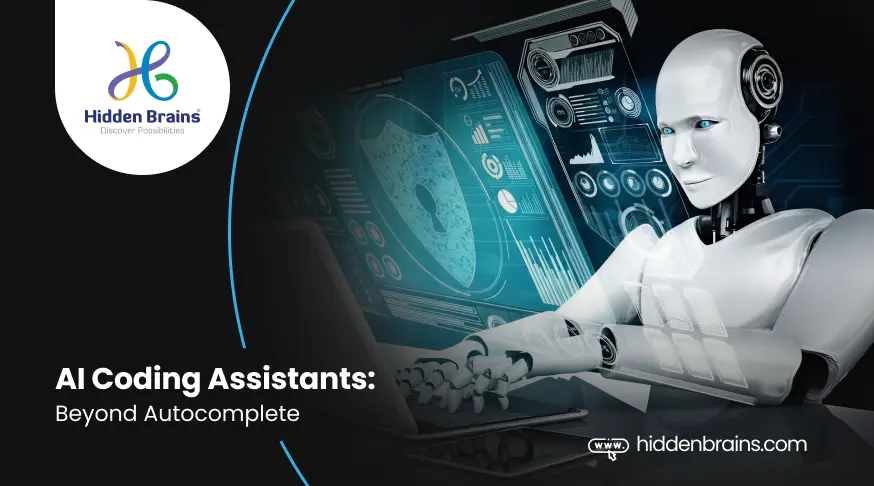With the ability to help companies thrive and elevate customer experience, the potential of an intelligent chatbot is enormous. Chatbots are driving a paradigm shift towards how information about products and services is delivered and consumed. Companies are now extensively using chatbots.
Chatbots are being deployed to bring unprecedented operational efficiencies by augmenting human capabilities. Several companies are engaging with both prospective and existing clients via messaging platforms, enabling purchases and other calls to action.
Bots are not a recent phenomenon and have been in existence for a long time. However, recently bots have made it into the mainstream. Designing and developing a conversational chatbot requires implementing industry best practices in terms of user experience for creating real-life conversations and tackle situations like unexpected scenarios, interruptions, tricky questions, and other situations.
According to Gartner, Chatbots will power 85% of all customer service interactions by the year 2020.
There are Chatbot Development for Messenger Apps such as Facebook Messenger, WhatsApp, WeChat, Slack, Skype, Twitter, Google Home and Amazon Echo to help create bot experiences for personal, commercial, enterprise, and automated use.
Here are few statistics that will
By 2020, the average person will have more conversations with bots than with their spouse.
- 30% of web browsing will be done by voice (Gartner)
- As of January 2018, there were about 1 billion voice searches per month, By 2020, 50% of all online searches will be voice searches. (HubSpot)
- 24% of marketers plan to add messaging apps to their content strategy in the next year. By 2020, the average revenue from messaging apps is anticipated to be more than $15 per user, driven mainly by chatbots (HubSpot)
By 2019, 75% of workers whose daily tasks involve the use of enterprise applications will have access to intelligent personal assistants to augment their skills and expertise.
Understand the Tech Stack
It is important to understand the technology stack before getting the stage ready for your bot development. Whether it is voice, chat, web or messenger, first figure out what works best for your users. This also includes the mode the bot uses to communicate with its customers.
The first and foremost question should be “Where are your users?” Based on the answer, you will be able to decide the platform for your users till the end of the interaction with the bot.
- Facebook Messenger, Kiko, Telegram, Line: These platforms cater to a large audience.
- Slack: Considered ideal while focusing on startups and developers.
- Google Assistant, Cortana, and Amazon Echo: Ideal for the audience for voice-enabled services.
Bot Best Practices
Keep it simple
Chatbot interactions require being efficient and hassle-free as possible. Completing a task through a chatbot requires effort from your customers and clicking or tapping through a menu on a website or app. Stay away from complexity and reduce the interaction to a simple chat UI.
Optimize for the end-user
Bots should be used to elevate the end-user experience and not merely revolve around making life easy for customer support teams. It is paramount to answer that: would a humanized touch be better for the end-user? If the answer is yes, you should not explore a bot. Bots should not attempt to replace humans; rather they should attempt to accentuate the strengths of human beings.
Select the right conversation flow
One of the most challenging parts of designing a chatbot is to make the conversation flow as naturally and seamlessly as possible. However, human interaction is comparatively concise.
A Caveat: Don’t just jump on Bot Bandwagon
Don’t just jump on the bot bandwagon because other companies are using them. Blindly emulating chatbot technology will have disastrous consequences. The loss of information and context by switching from a visual to a text-based interface might cause unnecessary chaos. Remember, chatbots can’t succeed as a standalone strategy; rather they need to seamlessly blend in to fit in your customer’s journey.
It is important to understand that going overboard with chatbots increases the chances of error and will require extensive testing. If there’s another technology that could alternatively be used for chatbots – test both and see what is more effective in helping your customers accomplish their goal.
Bots are not replacements for humans, rather bridging the gap between brands and consumers in ways that no other marketing platform has been able to do before.






























































































![Sales & Distribution [Oil & Gas] Sales & Distribution [Oil & Gas]](https://www.hiddenbrains.com/blog/wp-content/themes/blankslate/assets/images/sales_and_distribution-icon.74d08193.svg)

![Fluid Terminal Management [Oil & Gas] Fluid Terminal Management [Oil & Gas]](https://www.hiddenbrains.com/blog/wp-content/themes/blankslate/assets/images/fluid_terminal_management-icon.4b3a27a4.svg)































![Sales & Distribution [Oil & Gas] Sales & Distribution [Oil & Gas]](https://www.hiddenbrains.com/blog/wp-content/themes/blankslate/assets/images/sales_and_distribution-icon.74d08193.svg?1.0.0)
![Fluid Terminal Management [Oil & Gas] Fluid Terminal Management [Oil & Gas]](https://www.hiddenbrains.com/blog/wp-content/themes/blankslate/assets/images/fluid_terminal_management-icon.4b3a27a4.svg?1.0.0)
























































































































































































